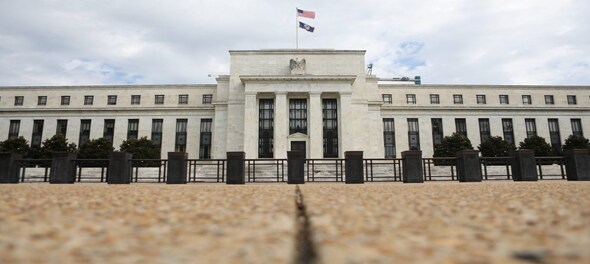
The Federal Reserve is likely to announce in August or September a strategy for reducing its massive bond-buying program, but won’t start cutting monthly purchases until early next year, a Reuters poll of economists found. A significant number of Fed watchers also said the central bank would wait until later in the year before announcing a taper, now the main focus for markets fretting over rising inflation as an end to the pandemic in the United States is insight.
Booming demand with the US economy reopening is expected to continue and push up consumer prices this year, with the June 4-10 Reuters poll of over 100 economists showing an upgrade to both growth and inflation forecasts. Nearly 60 percent of economists or 29 of 50, who responded to an additional question said a much-anticipated taper announcement from the central bank will come next quarter, despite a patchy recovery in the job market in recent months.
That included 13 predicting it to come at the Jackson Hole symposium in August, an annual conference where central bankers have often dropped important policy hints. The remaining 21 forecast a taper announcement for the quantitative easing (QE) programme after the third quarter.
”We expect to hear clear hints at the Jackson Hole Conference that the Fed is now discussing the merits of QE tapering and this will be developed further at the September FOMC which is just four weeks later,” said James Knightley, chief international economist at ING. ”At that point, we suspect the Fed will indicate the market should be braced for a formal QE taper announcement with an outlined path forward at the December FOMC.”
Nearly 60 percent of economists, or 26 of 45, said the reductions would start in the first quarter of next year. Among those who ventured a guess by how much monthly bond purchases would be reduced gave a median forecast of USD 20 billion, evenly split between Treasuries and mortgage-backed securities (MBS). Individual answers were as high as USD 40 billion on Treasuries and USD 20 billion for MBS.
The Fed is currently purchasing USD 80 billion a month in Treasuries and USD 40 billion in MBS. Driven by massive government spending and a rapid inoculation drive, the US economy was expected to grow at a seasonally adjusted annualized rate of 10.0 percent, 7.0 percent, and 5.0 percent in the current, next, and the fourth quarter, respectively. That compared to 9.5 percent, 6.7 percent, and 4.7 percent, respectively, forecast in the previous poll.
”The US is on track to have recovered all its lost output in the current quarter and end the year with a larger economy than if there had been no pandemic and growth had merely continued at its 2014-19 trend,” added ING’s Knightley.
The US unemployment rate was forecast to gradually fall through to the end of next year, averaging over 5 percent this year and more than 4 percent in 2022. That is still above its pre-crisis level of 3.5 percent.
The Fed’s preferred inflation gauge, the core personal consumption expenditures price index, jumped in April to 3.1 percent, its highest annual rate since July 1992. It was expected to average 2.5 percent this year and 2.2 percent next, according to the poll, above the central bank’s 2 percent target.
That compared to 2.1 percent predicted for both years last month.
”While a lot of what we are seeing now is indeed transitory, structural changes are taking place in the global economy and domestic fiscal policy that could lead to more sustained high inflation,” said Philip Marey, senior US strategist at Rabobank.
Over 60 percent of economists, or 23 of 38, said higher inflation was the biggest risk to the US economy, compared to just six penciling in high unemployment. And about two-thirds said they were concerned about rising US inflation.
”You get the message, in large font: the peppy rollout of stimulus and vaccines is causing US demand to rebound much faster than supply,” said Sal Guatieri, senior economist at BMO Capital Markets.
”This is creating many unpleasant side-effects, like inflation…just a few quarters after the economy’s collapse instead of the usual several years for imbalances to emerge after a recession. The writing is on the wall: The Fed’s temporary-inflation mantra is sounding more dated by the week.”
First Published: Jun 11, 2021 8:38 AM IST
Check out our in-depth Market Coverage, Business News & get real-time Stock Market Updates on CNBC-TV18. Also, Watch our channels CNBC-TV18, CNBC Awaaz and CNBC Bajar Live on-the-go!


Lok Sabha Election 2024: BJP aims for unprecedented clean sweep in Bihar
May 27, 2024 11:23 PM
Himachal Pradesh Lok Sabha elections: A look at key issues in the state
May 27, 2024 5:02 PM
Jammu and Kashmir witnesses highest poll participation in 35 years
May 27, 2024 3:03 PM

